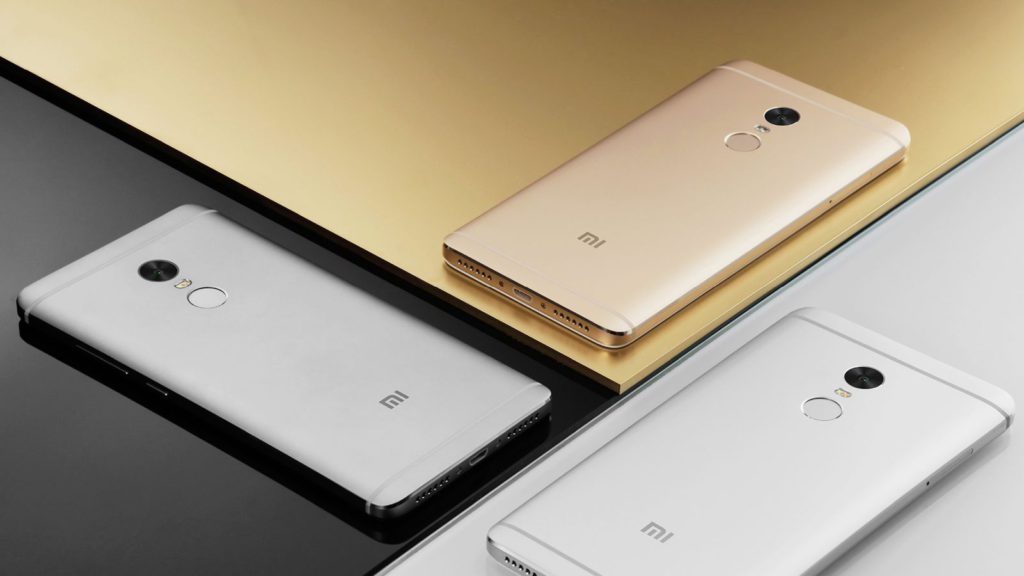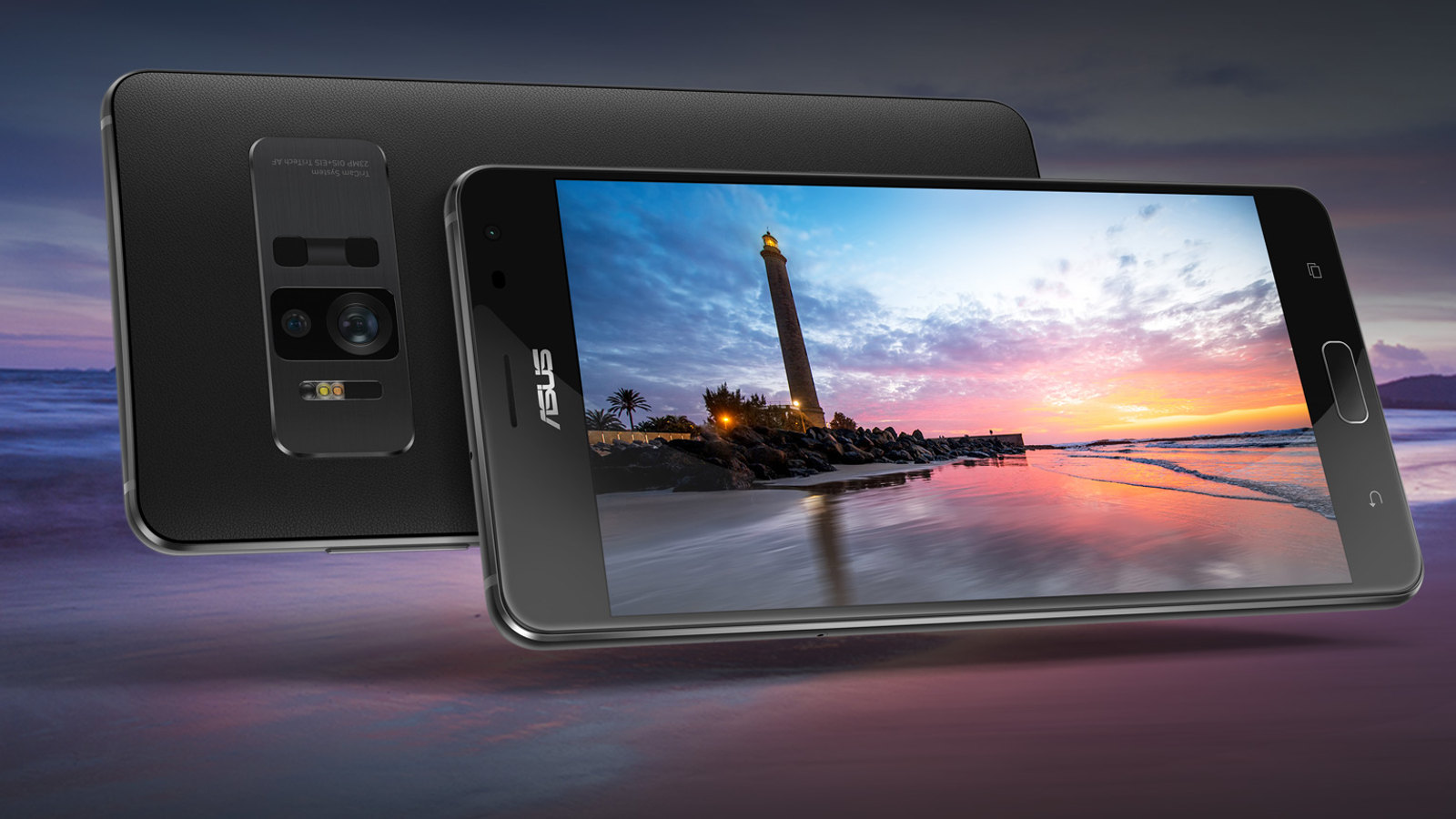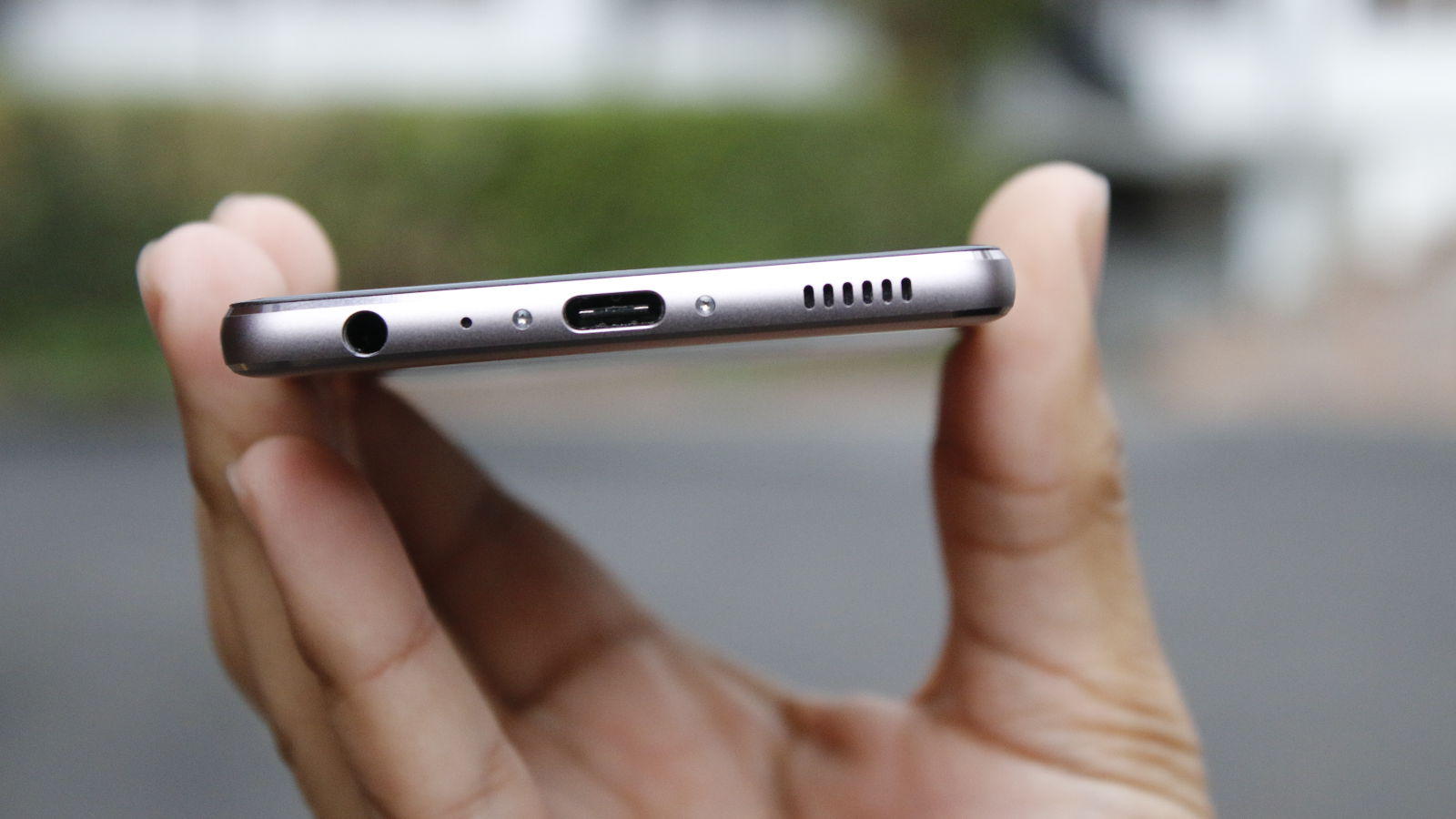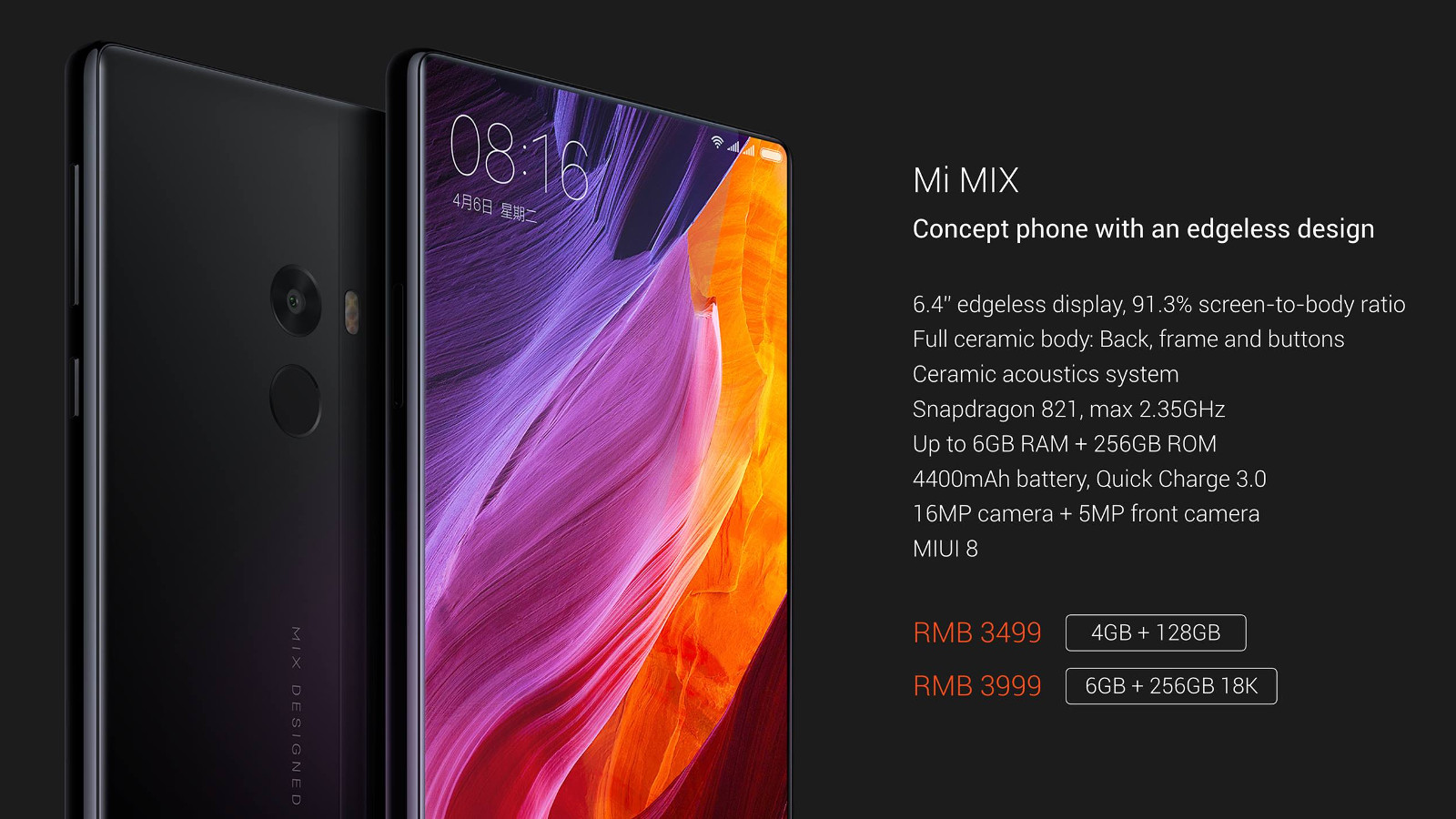OpenAI has launched GPT 5.2, a major model upgrade now available in both the API and ChatGPT. It is described as the company’s most…
A beginner’s guide to smartphone jargon [Tech Savvy SA]

Tech Savvy SA is a series of articles on Gearburn and Memeburn that aims to deliver useful, locally relevant advice to the average South African. This time, we demystify smartphone terms for the average (non enthusiast) consumer.
Buying smartphones can be a bit of an intimidating experience if you’re not familiar with all the tech terms. What’s the deal with PPI? Are more cores better? Is a 2000mAh battery a good thing or not?
Don’t fret though, because we’ve waded through the smartphone jargon to tell you exactly what these terms mean… Keep an eye for a future edition though, where we cover smartphone camera jargon.
Making sense of CPU cores
If your smartphone processor is your head, then the CPU core is basically the brain, doing all the thinking. Conventional wisdom says that more cores/brains therefore means more processing power, but this isn’t necessarily true. You see, you get different types of cores, ranging from the weakest (A5, A7) to a middle ground (A53), to the most powerful (A72, A73, Kryo).
Think of it like workers in an office, with the weakest cores/workers taking their sweet time to deliver a sheet of paper to the CEO. Meanwhile, the most powerful cores/workers beat the weaker cores/workers in terms of speed, but also deliver more sheets in one job.
In other words, check what kind of cores you’re getting before assuming that eight is better than four. Four powerful cores will usually be better than eight mediocre ones. Heck, even two powerful cores and two or four weaker cores are generally better than eight weak cores.
TL;DR: More cores doesn’t always mean better performance. Find out what type of cores are being used in the processor.
Where does RAM fit into all of this?

I read an analogy a long time ago that asks you to think of RAM like a desk in an office.
The more RAM you have, the bigger the desk. So instead of having to constantly put files back in the filing cabinet (storage), you can leave a load of them on your desk for quick access. But if you only have a small amount of RAM (a small desk), you’ll need to constantly put them back in the cabinet/storage to save space, wasting time in the process as you look for them again.
Read more: 15 must-have Android apps under 15MB
The amount of RAM in smartphones is ever rising, especially as more advanced applications launch. But truth be told, you don’t need the biggest desk you can find (6GB or 8GB of RAM) just yet, as a medium-sized to large desk in general (2GB to 4GB) should be fine.
TL;DR: Try not to go below 2GB of RAM (unless you’re opting for a sub-R1000 phone), but don’t go all-in on 6GB of RAM just yet. By the time we have apps capable of gobbling up that much RAM, the rest of your 6GB RAM phone will probably be mildly outdated.
What about screen resolution and technology?
Your screen resolution refers to the sharpness of your phone’s screen is (i.e. how many pixels are packed into the screen), being measured in width by height. So a full HD display would measure 1080 pixels by 1920 pixels, while a QHD screen (as seen on the Galaxy S7 and a few other phones) would measure in at 1440 pixels by 2560.
More pixels (a higher resolution) is generally better, but another big factor to consider is screen size. If you’ve got two phones with the same amount of pixels but differing screen sizes, then the smaller screen packs more pixels into a smaller amount of space (this stat is referred to as pixels per square inch or PPI — higher is better). And the more tightly packed the pixels are, the sharper the image will generally be.
PPI is used to measure how pixel-dense/sharp a smartphone screen really is
It’s also worth expanding on the aforementioned PPI. Generally speaking, anything about 300 to 350 PPI is considered good or great, but it’s quite common to see 430+ PPI on the likes of the Huawei P10, LG G6 and Galaxy S8. It does become a game of diminishing returns really once you cross the 400 PPI threshold, so you’ll want to look at other factors, like the type of screen. Fortunately, we’ve covered the basic differences between LCD and AMOLED screens before.
TL;DR: Check out how many pixels are squeezed into the screen (PPI). Anything above 300 or 350 PPI is good.
What do the battery measurements mean?
When it comes to batteries, the size is usually measured in Milliamp Hours, expressed as mAh. So, what’s the ideal battery size then?
It’s not quite as easy, as the type of chip in your phone and sharpness of the display can all influence battery life. For instance, the Moto Z Play has a mid-range Snapdragon 625 chip (with eight weaker cores), a full HD screen and a 3000mAh battery. But the frugal nature of the chip and the full HD screen (instead of a sharper display) means that the phone can last a long time.
As for high-end smartphones? Well, my rule of thumb is that 3000mAh should be as low as you’re willing to go. After all, high-end phones come with power-hungry processors and screens. The Huawei P9, Galaxy S7/S8 and HTC U Ultra all hit the 3000mAh mark, being good enough for a day of solid usage, really. Huawei’s P10 has a 3200mAh battery while LG’s G6 has a 3300mAh pack. Meanwhile, the Galaxy S7 Edge and S8 Edge hit 3500mAh and 3600mAh respectively.
Then you get the likes of Huawei’s Mate 9, which has a 4000mAh battery. Expect to get two days of solid usage if your phone has a 4000mAh or higher battery.
Another factor to consider is the operating system. Android is generally more power-hungry than Apple’s iOS, so Apple is able to use a smaller battery in its iPhones and still get similar figures. For instance, the iPhone 7 Plus has a 2900mAh battery, which is 100mAh smaller than the Galaxy S7 (nevermind the larger S7 Edge).
TL;DR: You want your high-end smartphone to have at least 3000mAh in the battery department. Unless it’s an Apple phone. Budget phones aren’t as thirsty and generally don’t need as big a battery.
What about this ‘fast-charging’ claptrap?
For the past few years, we’ve seen loads of talk about fast-charging technology. And it’s really cool, allowing you to charge your phone to 50% or 100% in no time flat.
However, there are a number of different standards out there, such as Qualcomm’s Quick Charge (used by LG, HTC and many other phones with Snapdragon chips), Oppo’s VOOC wireless charging standard, Huawei’s own fast-charging, and Dash Charging by OnePlus.
Truth be told, it is a confusing mess, but a 5 watt volt charger with at least 2A (ampere) output is a good start.
It’s worth noting that many fast-charging methods don’t necessarily charge fast all the way, with most slowing down by the last 10 to 20%.
TL;DR: Your included adapter will quickly charge your phone, but those on the hunt for another charger will want a 2A/5W adapter at the very least.
Bezels
You’ll hear this term come up a lot this year, as more and more smartphone manufacturers look to shrink these.
Bezels are simply the borders around the screen. Many phones have thick bezels/borders, but we increasingly see manufacturers shrinking these borders so that the front of the phone is almost all screen. Take a look at Xiaomi’s Mi Mix, Samsung’s Galaxy S8 and the LG G6 as examples.
Why would they do this then? Well, it’s so they can have a bigger screen without a corresponding increase in overall size. Or so they can have the same size screen while actually shrinking the size of the phone a little.
TL;DR: Bezels are the borders around your phone’s screen.
Storage
Every smartphone comes with a varying amount of space that’s accessible to the user, be it for apps, music, movies or games.
Bear in mind that a certain amount of space is taken up by the operating system. So a 32GB smartphone might only have about 26 or 27GB free, while an 8GB smartphone could only have 4GB or 5GB free.
Many smartphones (barring the iPhone) also have microSD card slots, allowing you to expand your storage. Android Nougat does allow you to merge the microSD storage with the internal storage, treating it as one cohesive form of storage. But more often than not, you’ll find that you can only store music, photos and videos on the card.
TL;DR: Your smartphone might say it’s got X amount of storage on the box, but a bit less than that is accessible by the user.
Update, 8 May 2017: We incorrectly used “5 watts” instead of “5 volts” when talking about fast-charging. Thanks to Andrew Fraser for the correction!



